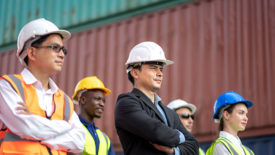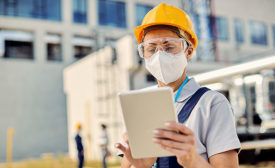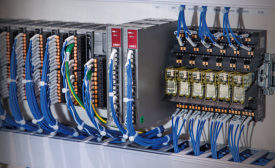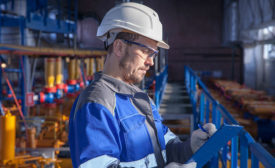Home » Keywords: » workplace safety training
Items Tagged with 'workplace safety training'
ARTICLES
Training
The good, the bad and the ugly of workplace programs
To incentivize or not?
June 5, 2020
Training Strategies
Focus on safety standards when creating equipment
Elements of design
May 13, 2020
Closing Time
Does punishment work? Absolutely, but probably not
Putting up a fight
April 1, 2020
Never miss the latest news and trends driving the safety industry
eNewsletter | Website | eMagazine
JOIN TODAYCopyright ©2024. All Rights Reserved BNP Media.
Design, CMS, Hosting & Web Development :: ePublishing











